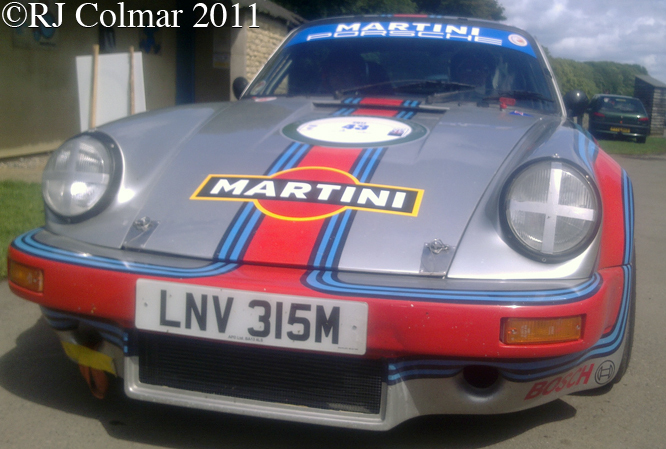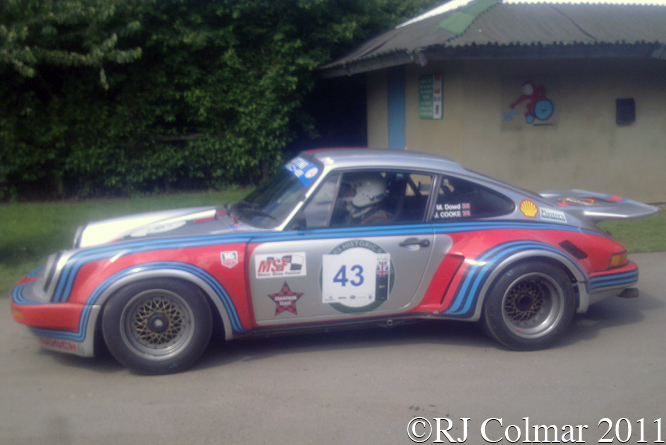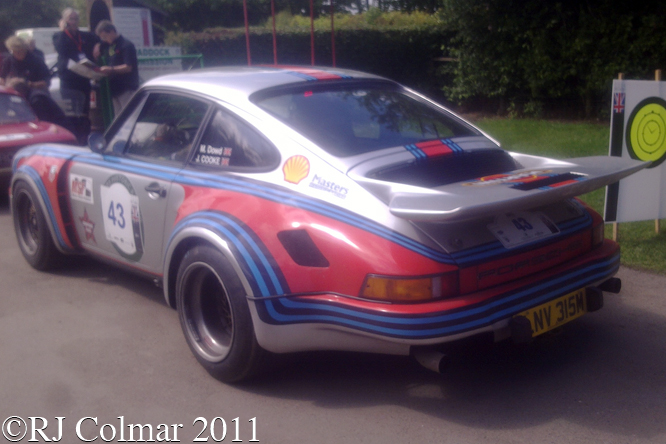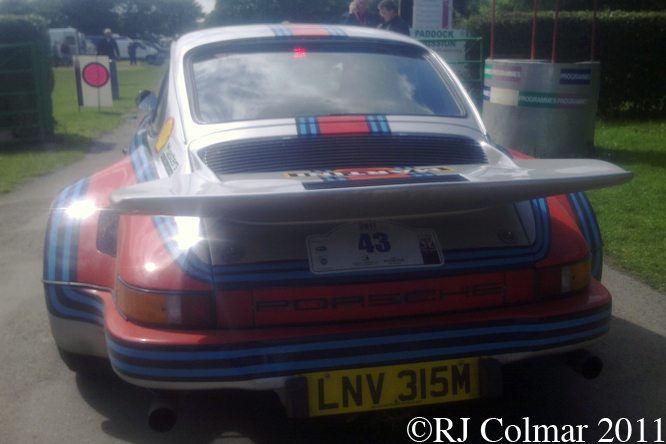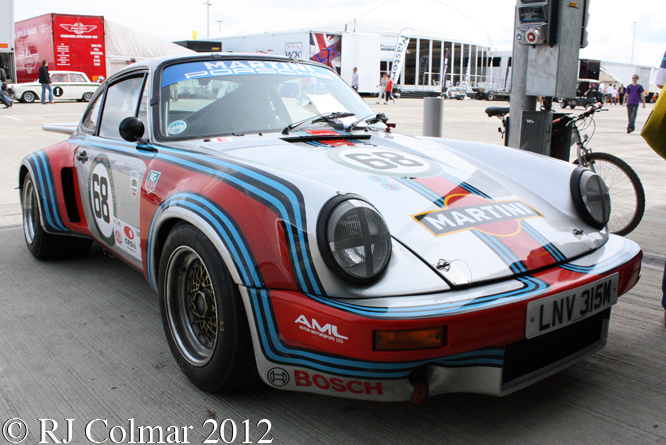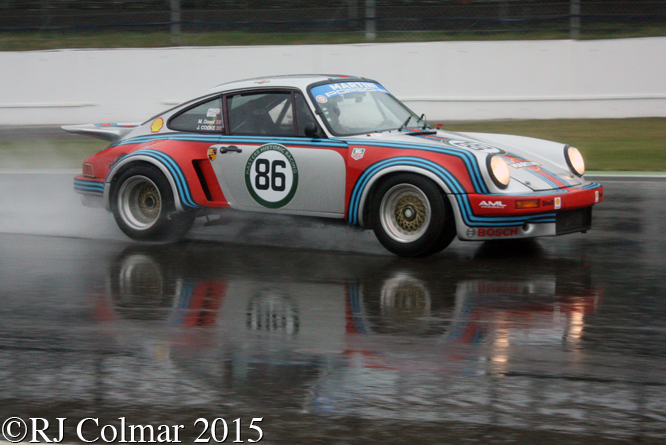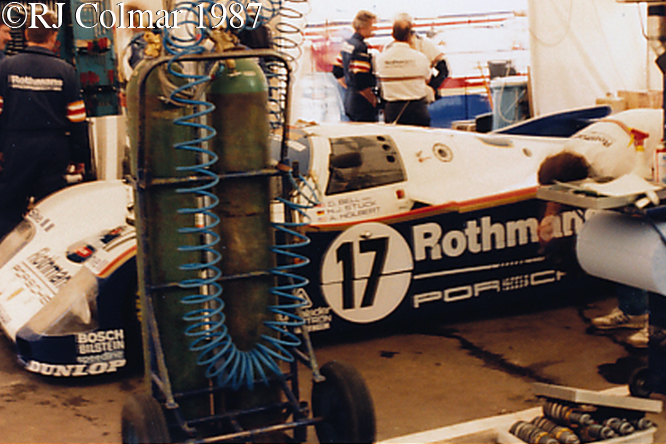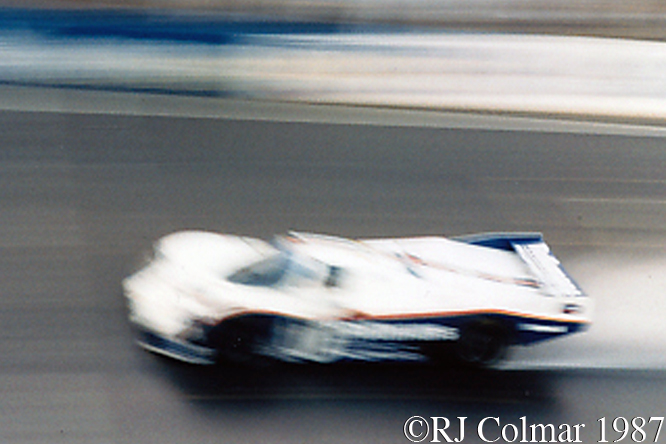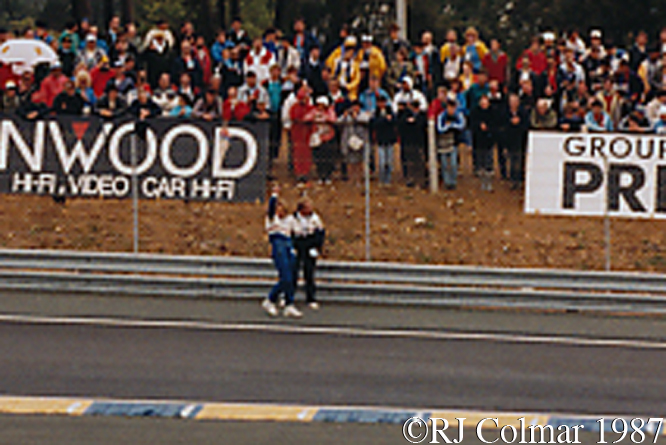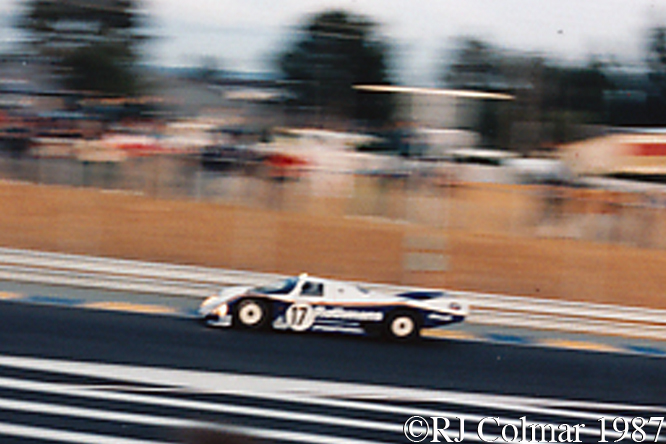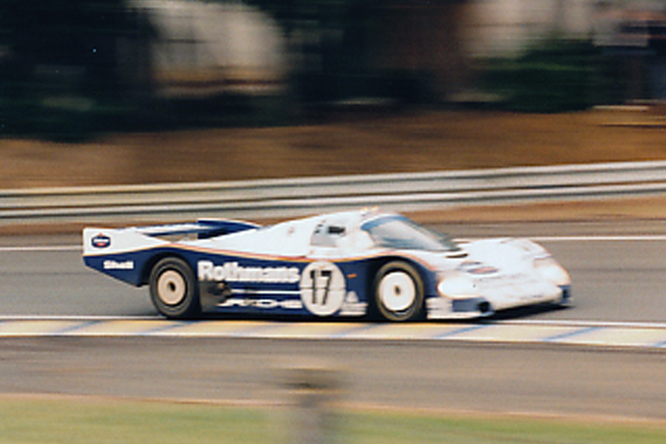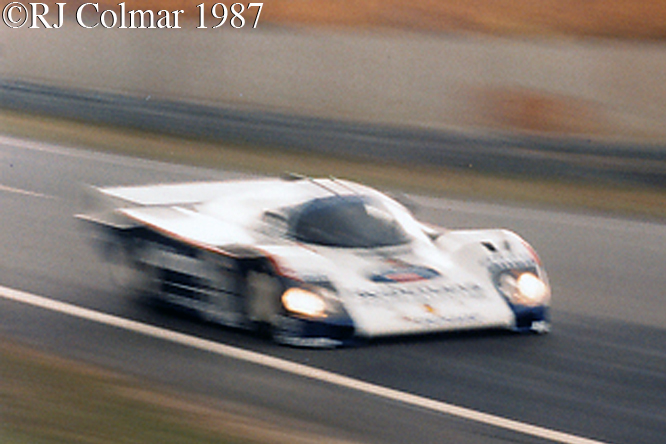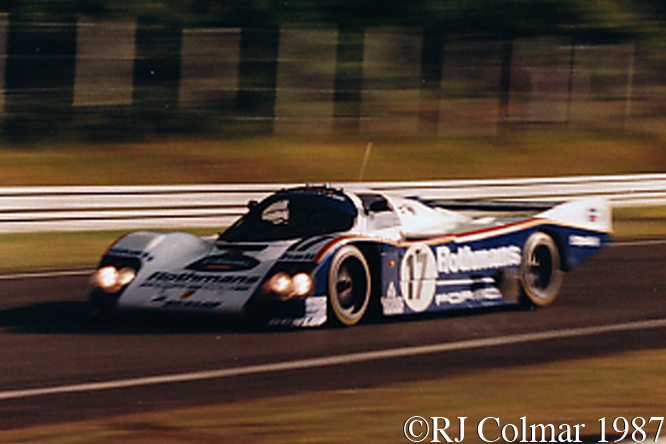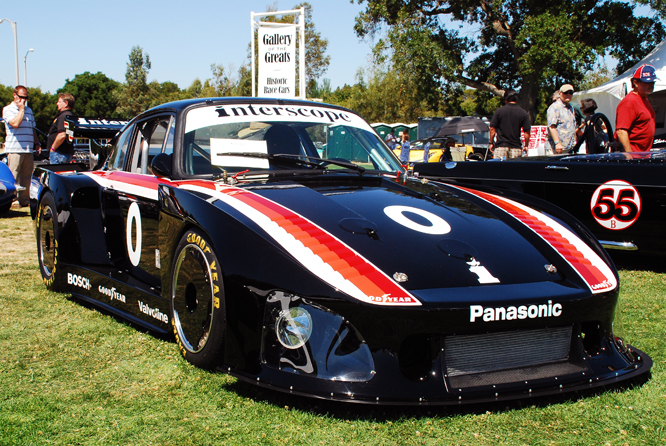As the years roll by going to Goodwood Festival Of Speed is more and more like going to the best toy shop in the world with more and more cool stuff to be found every year, this was my sixth visit since 2009 and already having completely failed to compose my thoughts about some of the highlights of this years event, as I write this I am looking forward to next years event !
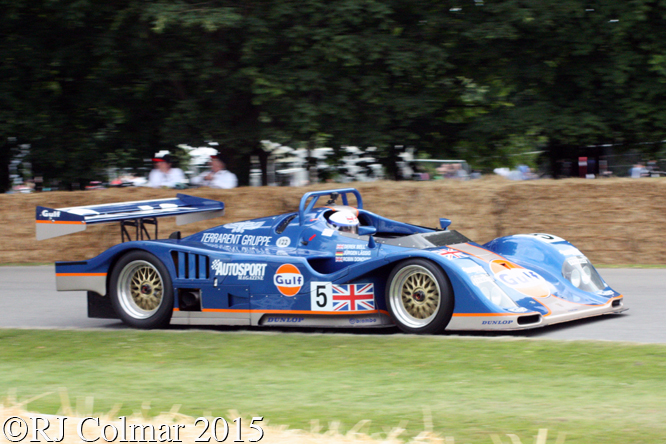
One of the highlights of the event was a collection of 15 vehicles celebrating the career of five time Le Mans 24 hour winner, 3 time Daytona 24 Hour winner and twice World Sports Car Champion Derek Bell, seen above in his 1994 Le Mans 24 Hour entry the Porsche powered Kremer K8 with which he Robin Donovan and Jürgen Lässig qualified 2nd and finished 6th.
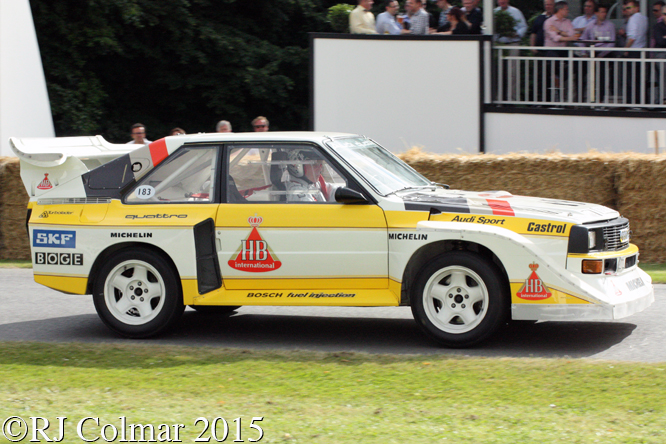
The Audi Sport Quattro S1 E2 was Audi’s final Group B evolution producing an initial 500hp in 1985 when Walter Röhrl and Christian Geistdörfer won the San Remo Rally and over 600hp when Walter Röhrl drove one to victory on Pikes Peak in 1987, above 73 year old Rally Legend Hannu Mikkola show’s he still has no problem handling the cars 0-60mph in 3.1 seconds performance.
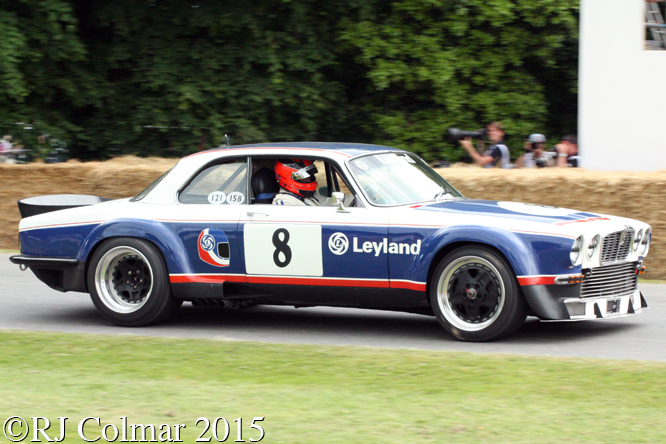
In the mid 1970’s one used to hope against hope that British Leyland would get it’s act together and thrash BMW in the European Touring Car Championship, but alas despite starting from pole in 6 from nine events the Jaguar XJ12C’s best result was a second place finish at the Nurburgring in 1977 with Derek Bell and Andy Rouse at the wheel, former works driver Andy Rouse is seen demonstrating the Jaguar Daimler Heritage Trust’s 1976 example above.
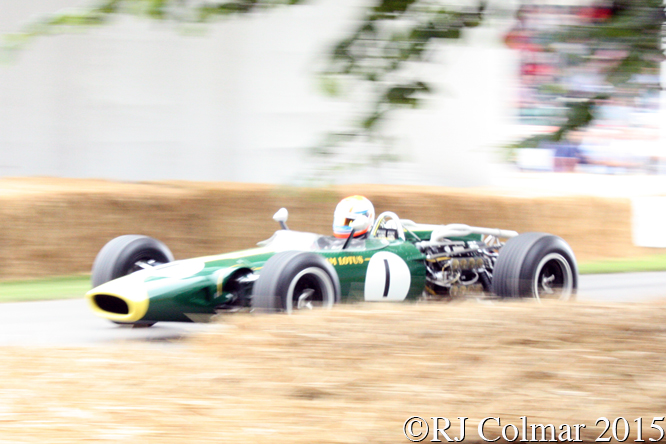
While Lotus were waiting for the arrival of Ford’s DFV for the 1967 season Jim Clark had to make do with the woefully underpowered Climax powered 1965 Lotus 33 until the arrival of the BRM H16 powered Lotus 43 in time for the last three races of the 1966 season, the car was instantly quick qualifying 3rd at Monza, and 2nd in the USA and Mexico but also unreliable suffering gearbox failure at Monza and Mexico but the car with one of the most complex motor configurations on earth held together at Waltkins Glen where Jim Clark won scoring a fourth consecutive victory at the circuit for a BRM powered car, Andy Middlehurst is seen driving the 43 above.
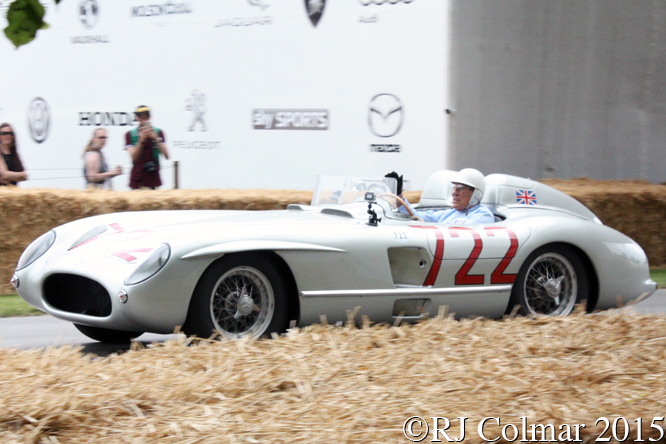
Mercedes Benz prepared for the 1955 World Sports Car Championship by building 9 300 SLR’s of the eight survivors seven were at Goodwood, above Sir Stirling Moss demonstrates chassis #0004/55 with which he and navigator Denis Jenkinson won the 1955 Mille Miglia ahead of the sister car #0003/55 driven by Juan Manuel Fangio.
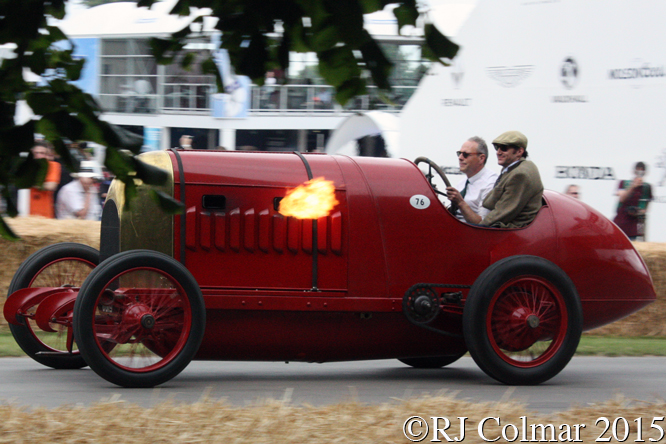
Finally with a Herculean effort Duncan Pittaway got his recreation of a FIAT S76 to Goodwood last year, but did not dare try and start it. With help from Leonardo Sordi he has since got the car running and as can be seen above it is a wonderous sight to be hold as the 28.3 litres / 1,727 cui four cylinder motor belches flame from it’s monstrous exhaust stubs.
Thanks for joining me for this “European Highlights” edition of “Gettin’ a li’l psycho on tyres” I hope you will join me again tomorrow when I’ll be looking at some of the American Highlights at Goodwood. Don’t forget to come back now !


